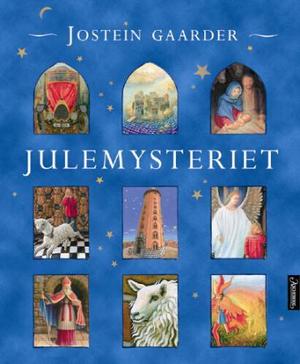I'm writing to thank you for The Truth About Mary Rose (Doubleday, 1973). That's my childhood copy, the 1977 Dell Yearling edition, illustrated by Louis Glanzman. It was one of the few books (maybe even the only one) I read as a child that had a Hispanic or Latina main character--like me, or close enough (I'm Cuban-American). I loved that Mary Rose's dad, an artist, made her rice pudding when he was worried about her being sick, and that she was surrounded by her extended family in New York City, even if they were mostly on her American mother's side. Speaking of Mary Rose's mother (Veronica Ganz, but I hadn't read that book), I also loved that she was a dentist and kept her maiden name at work. But Mary Rose's grandmother, on the other hand, just made me mad (to be fair, she made Mary Rose's mother mad, too). How could she say such mean things about Mary Rose's dad? And why would everyone let her get away with it? Even, especially, Mary Rose herself.
Rereading The Truth About Mary Rose as an adult, which I did last night, I'm more interested in the representation of the Ramirez (Ganz) and Petronski families than I am in the mystery of the first Mary Rose--after all, I already know how it ends. And I want to congratulate Luis Ramirez on his one-man show at MoMA. Very impressive! It almost makes up for having such an awful mother-in-law.




